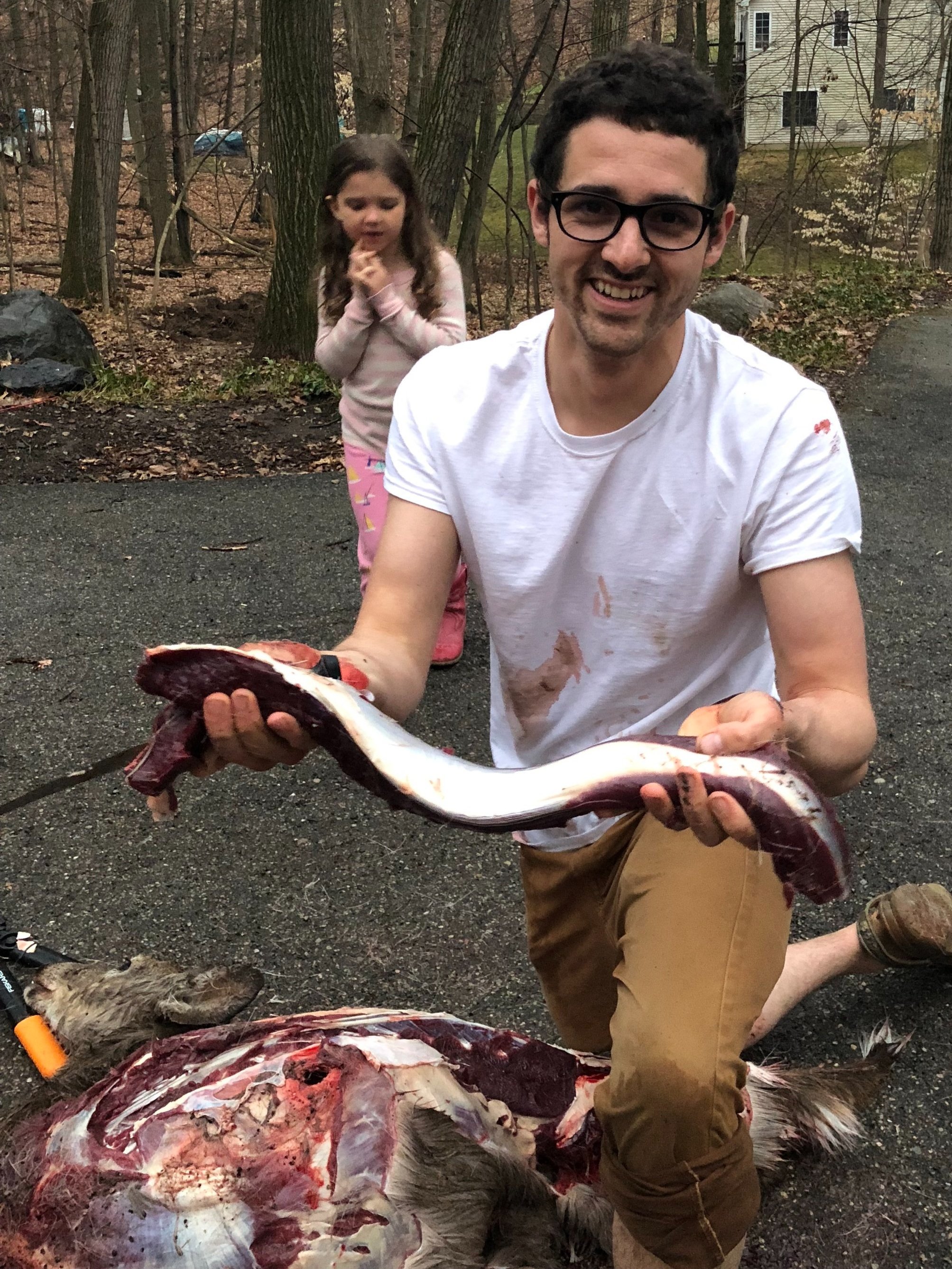Is It Safe To Eat Roadkill?
For those of you who were unable to harvest a deer this year or who need some supplemental meat for their freezer, roadkill might be solution you didn’t know you needed. The thought of eating an animal you find on the side of the road might make you squeamish but it can be perfectly safe to eat roadkill.
Every year, there are roughly 1.5 million car-deer accidents in the United States. Conservatively speaking, that’s roughly 20 million pounds of high-quality and perfectly edible meat that is left to rot every year. That’s a lot of meat. If you haven’t tried eating that dead animal you found on the side of the road yet (but would like to), here are some tips on how to safely eat roadkill.
Get The Recipe: The best way to cook wild turkey
1. The Legality
Is roadkill deer safe to eat? In many cases, yes! However, simply grabbing a deer off the side of the road and tossing it into the bed of your truck isn’t always legal. In fact, some states don’t allow you to salvage a recently hit deer for consumption.
Others require a special permit, issued by local law enforcement or a conservation officer from the area. Most states allow for some animals to be recovered and not others. Prior to collecting that sweet road-side venison, consult your state laws and contact a local law enforcement official or Fish and Wildlife Service.
One note: many states also have laws pertaining to discarding with the carcass after you’ve finished butchering. Keep that in mind as you go about your road-side foraging.
Get The Recipe: Delicious Curried Venison Stew
2. The Freshness
Freshness is critical when attempting to salvage meat. Much of this depends on the time of year and temperature outside. During the hot summer months, meat spoils within a few hours. In the cold winter months, it can last much longer. When it’s cold out, we typically try to collect and clean up within 24 hours of the collision. Because it’s usually pretty tough to tell how old roadkill actually is, we usually rely on personal observation or hot tips from locals before preparing roadkill.
Related Content: How to turkey hunt with a bow
3. Meat Condition
Not all animals killed on the side of a road are salvageable and, even when they are, only certain parts of the animal are safe to eat. Often, you can tell pretty quickly if the animal is worth butchering. Typically, smaller animals like rabbits can’t be salvaged while deer/elk/bears (depending on the type of collision) are, given their size. We’ve found that highway accidents often result in meat that (no matter the size of the animal) isn’t worth recovering.
If you’ve found a carcass worth butchering, you’ll often notice some heavy bruising around the area of impact (typically in the hind quarters). This meat will typically be full of bone fragments as well. We typically cut these areas out and stick to only the freshest and healthiest-looking meat. Based on our experience, the front shoulders and the backstraps are usually in good condition.
Before writing it off as a backwoods redneck activity, try salvaging and eating roadkill. It’s a great way to reduce waste and fill your freezer with fresh, free-range meat.
Keep Learning:

